11 Best Types of Grass You Can Grow In Your Yard
The type of grass you choose for your yard can make a big difference in how your lawn looks and feels. Certain grass varieties are more suited to different climates and growing conditions. Some grasses are great for hot, sunny areas, while others perform better in cooler, shaded spots. Knowing the characteristics of each type will help you select the one that fits your yard best.
This post may contain affiliate links, which helps keep this content free. Please read our disclosure for more info.
Kentucky Bluegrass
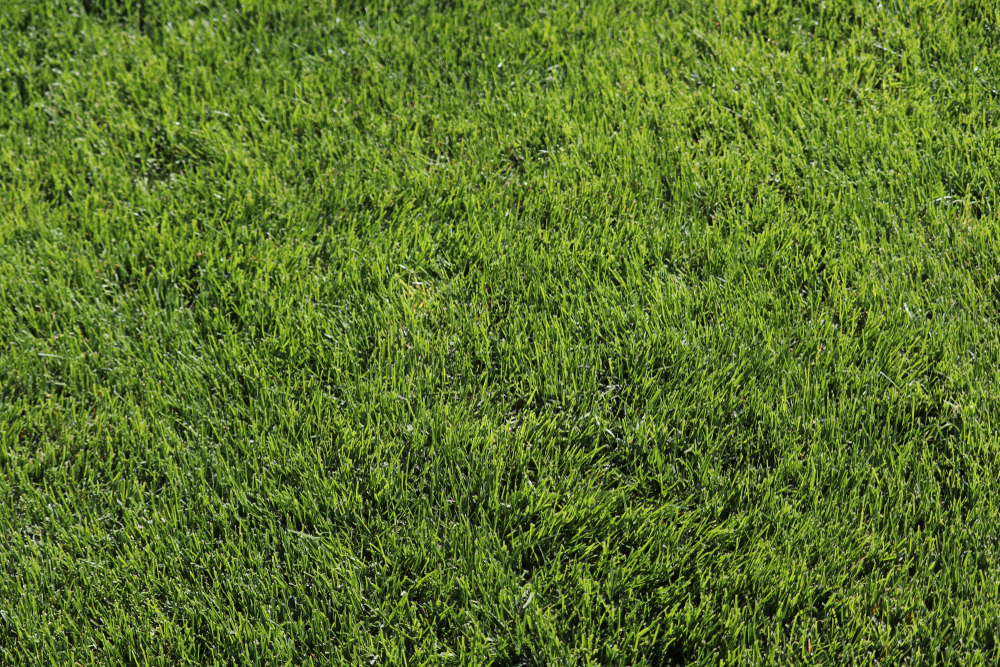
Kentucky Bluegrass is a popular grass choice for cooler climates and is known for its lush, dark green color. It thrives in well-drained, fertile soil with a pH of 6 to 7. This grass requires regular watering, especially during dry spells, but it does not tolerate drought well. To keep it healthy, mow at least once a week during the growing season and fertilize in early spring and fall.
This grass type prefers full sun but can tolerate some light shade. It establishes best in areas with mild to cool temperatures, making it perfect for northern regions. Kentucky Bluegrass requires regular dethatching and aeration to promote healthy root growth. It is also a high-maintenance grass that needs consistent care to stay lush and green.
Bermuda Grass
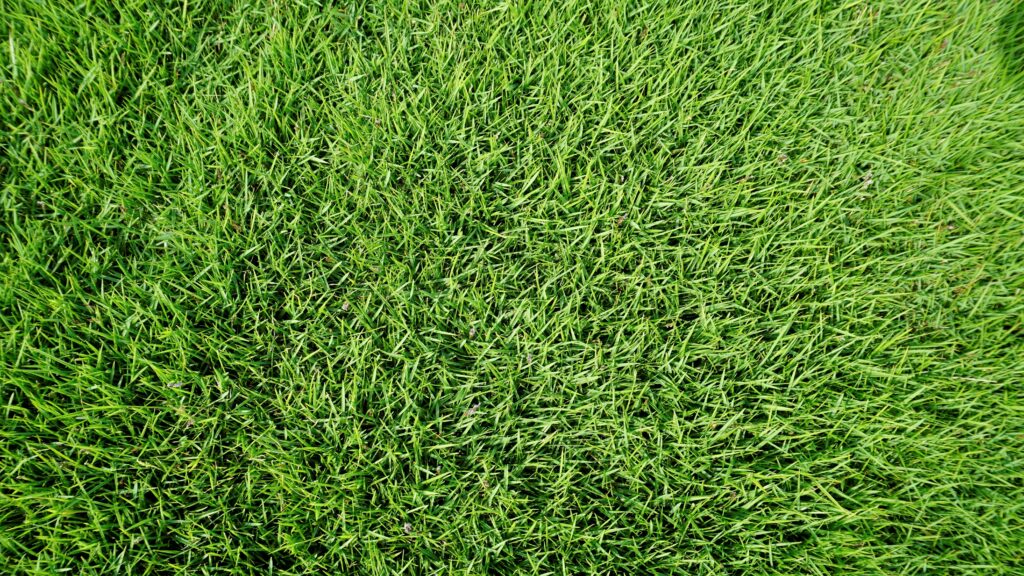
Bermuda Grass is a warm-season grass known for its heat tolerance and ability to thrive in full sunlight. It prefers sandy or loamy soil with good drainage and a slightly acidic to neutral pH. Bermuda Grass is drought-tolerant, making it ideal for hot, dry climates. Regular mowing is needed to maintain a neat appearance, and it should be fertilized during the growing season.
This grass is highly resistant to wear, making it great for high-traffic areas like sports fields or lawns with kids and pets. It grows best in warm climates and goes dormant in cooler weather. During the summer, it may need to be watered deeply and less frequently. It is important to overseed Bermuda Grass in the fall to maintain color through the cooler months.
Fescue Grass
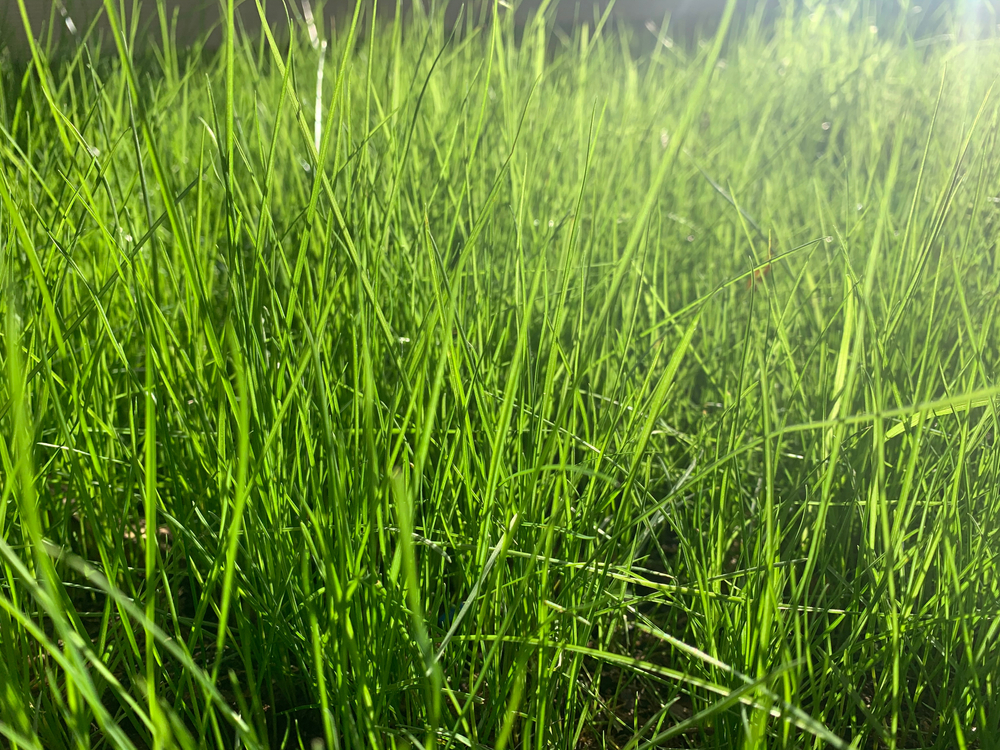
Fescue Grass is a cool-season grass that is ideal for areas with cold winters and mild summers. It grows well in a variety of soil types, from clay to loamy soil, and it thrives with a pH between 6.0 and 7.0. This grass requires moderate water and should be mowed to a height of about 3 inches for healthy growth. Fescue is also known for being drought-tolerant once established.
Fescue Grass is often used in shady areas since it can tolerate lower light levels than other grass types. It should be fertilized in the fall and early spring to encourage root development. It requires regular aeration and dethatching to keep the lawn healthy. Over-seeding can help repair thin spots and keep the grass lush.
Centipede Grass
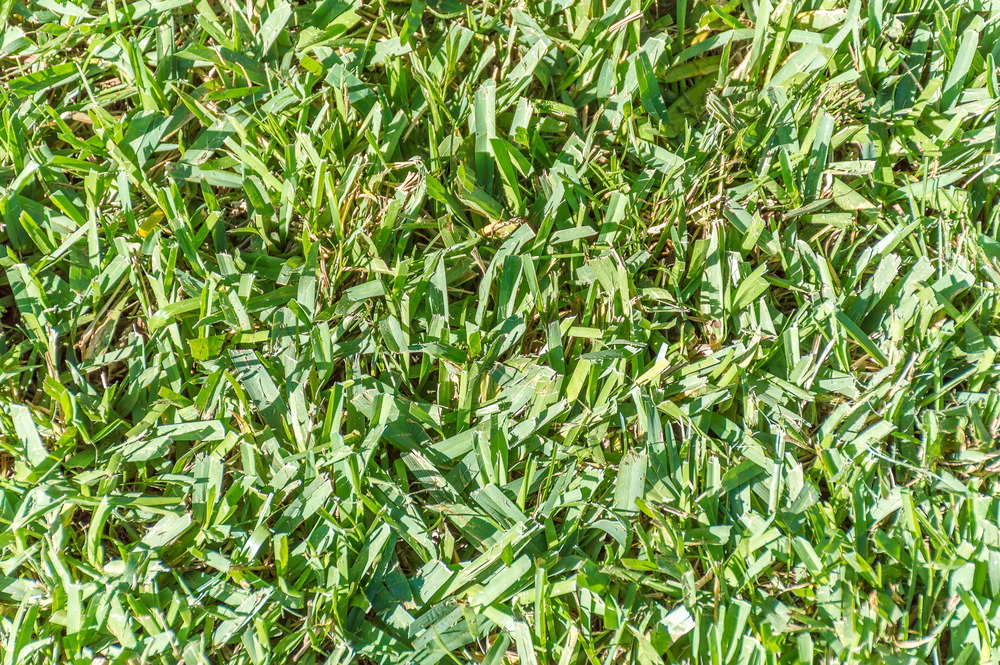
Centipede Grass is a low-maintenance warm-season grass that is ideal for mild climates with hot summers. It prefers slightly acidic soil with good drainage and requires minimal fertilization. Centipede Grass is drought-tolerant and thrives in sandy or loamy soil. It is perfect for lawns that do not require excessive care and attention, making it suitable for homeowners looking for a low-maintenance grass option.
This grass type grows well in full sun and can tolerate moderate shade. It has a slower growth rate, so it requires less mowing compared to other grass types. It is best watered deeply and less frequently, especially during dry periods. Centipede Grass is prone to thatch buildup, so it benefits from occasional dethatching to keep the lawn healthy.
Zoysia Grass
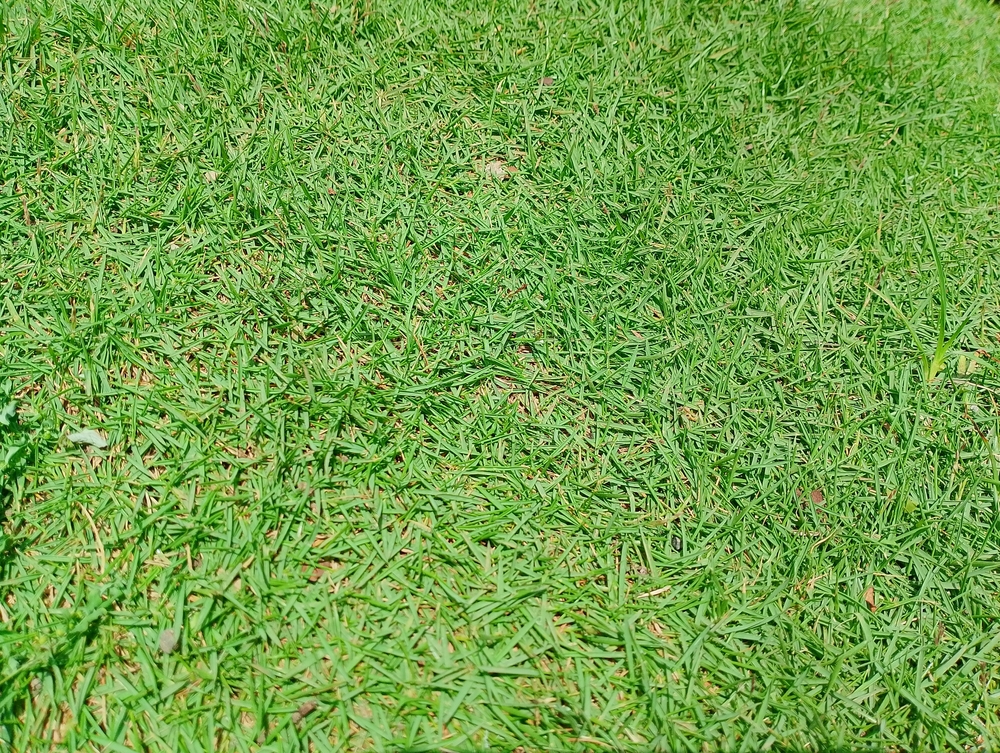
Zoysia Grass is a warm-season grass that performs well in hot, humid environments. It grows in a variety of soils, including clay, sand, or loamy soil, and is particularly tolerant of poor soil conditions. Zoysia Grass is drought-tolerant and requires less water once established. Regular mowing is required, and it benefits from being fertilized once or twice a year, typically in the spring.
This grass has a slow growth rate but is known for forming a dense carpet that crowds out weeds. Zoysia thrives in full sun but can tolerate partial shade as well. It may need dethatching every couple of years to prevent buildup. The grass remains green in the summer and can go dormant in cooler weather, so it is best suited for warmer climates.
Ryegrass
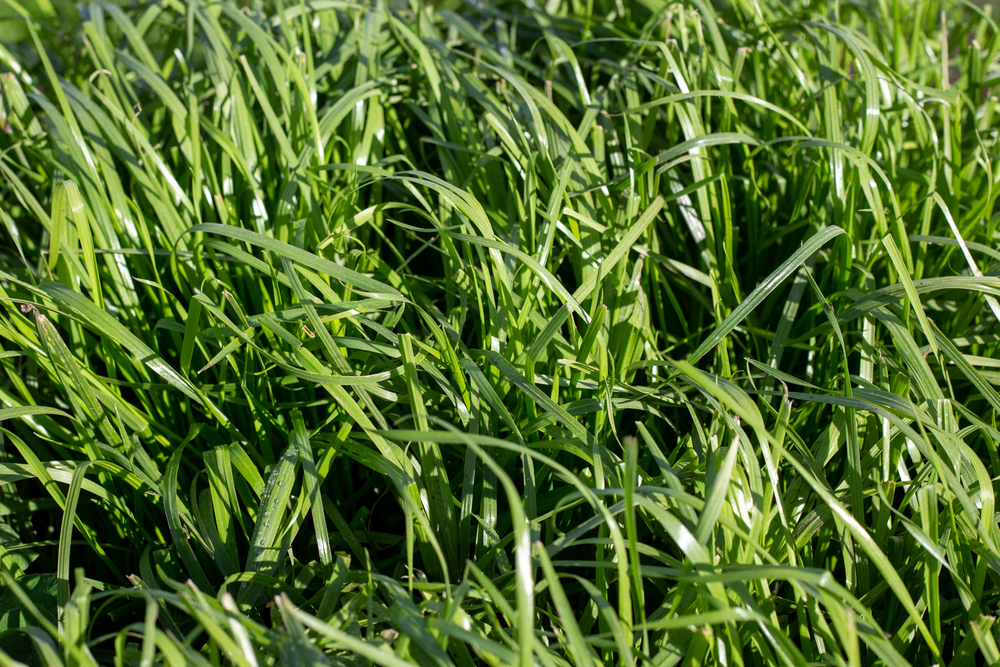
Ryegrass is a fast-growing, cool-season grass commonly used for overseeding in warm climates or to provide quick ground cover. It prefers well-drained, fertile soil and grows best in slightly acidic to neutral pH levels. Ryegrass needs moderate water and should be fertilized regularly to maintain vibrant growth. It has a dense texture and can handle cooler temperatures, making it a great option for early spring and late fall lawns.
This grass is particularly useful for areas with frequent rain and mild temperatures. Ryegrass can be mowed short to maintain its neat appearance, but it may require more frequent mowing during peak growing seasons. It can quickly go dormant in hot, dry weather, so it is often used as a winter grass in warmer climates. Overseeding with Ryegrass can help keep your lawn green during the cooler months.
Buffalo Grass
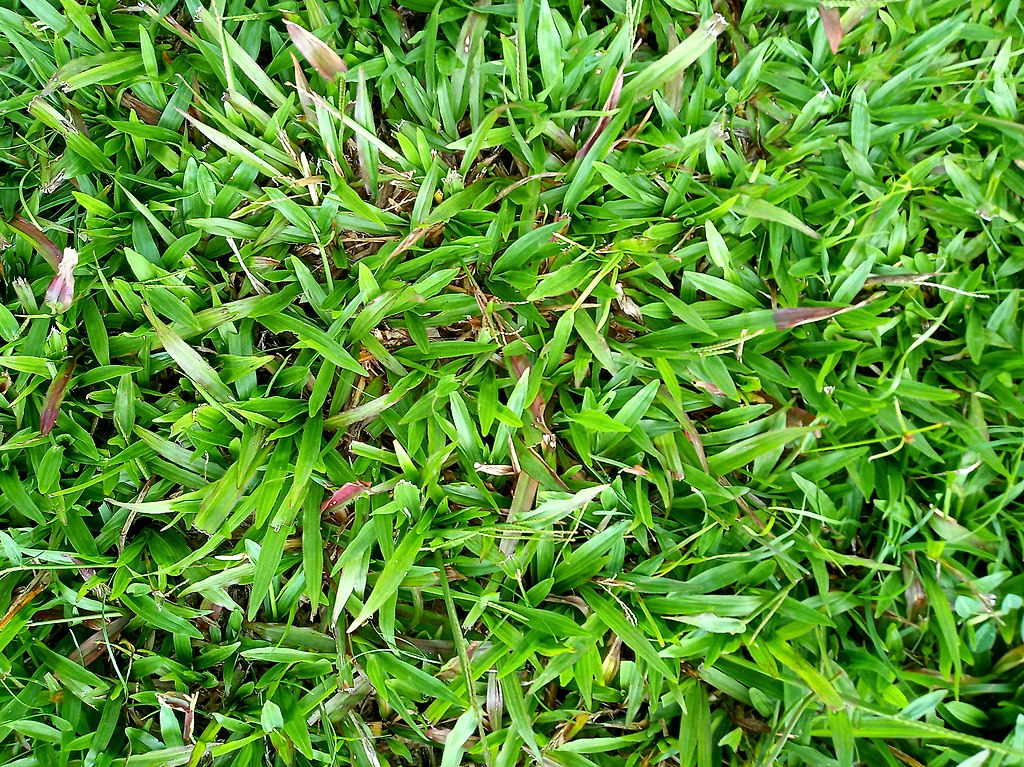
Buffalo Grass is a warm-season grass that is perfect for drought-prone areas and hot climates. It thrives in dry, sandy, or loamy soils and grows best with a pH level of around 7.0. Buffalo Grass requires very little water once established, making it ideal for areas with limited rainfall. It should be mowed to a height of 2 to 3 inches, and a light fertilization once a year will help it grow healthily.
This grass grows best in full sun and can tolerate some light shade. It is slow-growing and forms a dense, carpet-like texture that naturally crowds out weeds. Buffalo Grass is low-maintenance and does not require much attention once it has established itself. It is ideal for lawns that need to conserve water and require minimal upkeep.
St. Augustine Grass
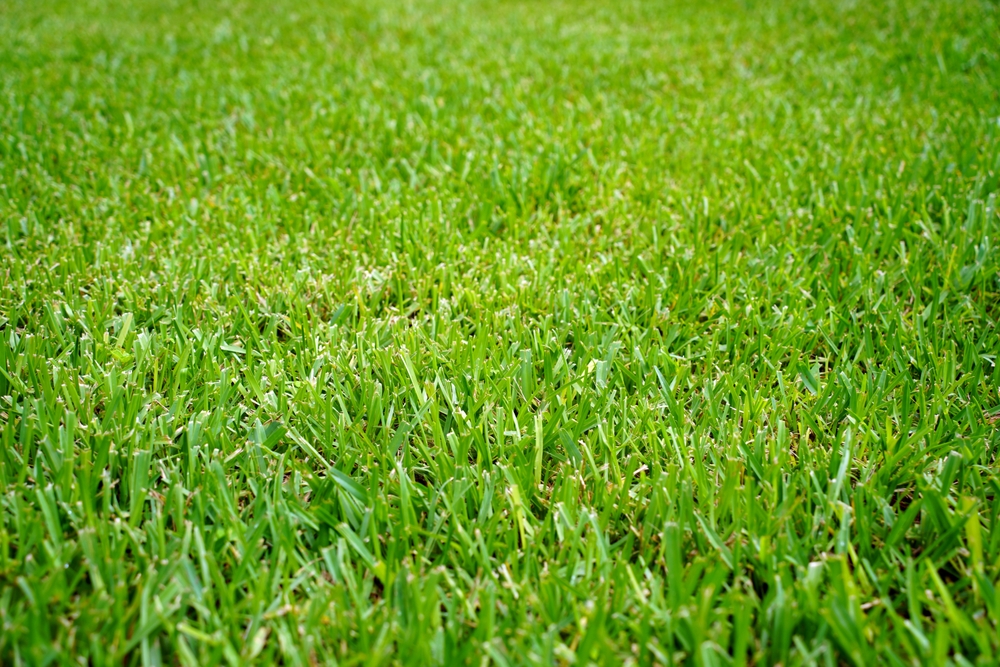
St. Augustine Grass is a popular choice in warm, coastal areas due to its ability to thrive in high temperatures and humidity. It grows best in sandy or loamy soil with good drainage and a slightly acidic pH. St. Augustine Grass requires frequent watering during hot spells, and it thrives in full sun. It should be mowed at a height of 3 to 4 inches, and regular fertilization will help it maintain its vibrant green color.
This grass is known for its lush, thick blades, providing a soft, carpet-like feel underfoot. It is relatively low-maintenance but needs to be watered consistently during dry periods. St. Augustine Grass has moderate shade tolerance, making it suitable for lawns with partial shade. However, it can be susceptible to certain pests and diseases, so regular lawn care is important.
Bahia Grass
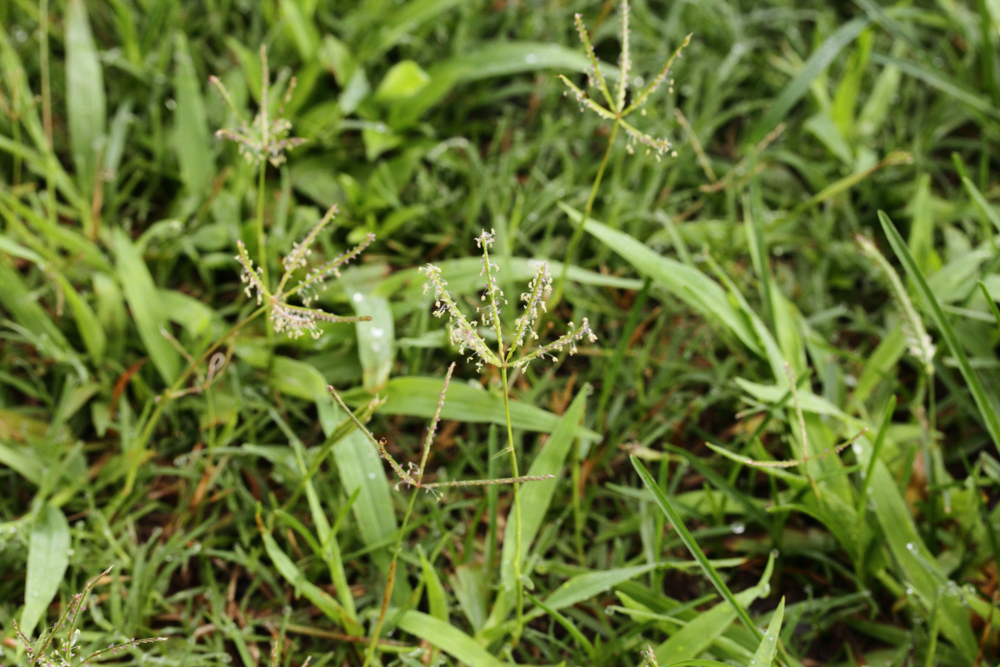
Bahia Grass is a warm-season grass that is perfect for areas with hot summers and moderate rainfall. It grows well in sandy or clay soils and is very drought-tolerant. Bahia Grass is a hardy grass that does not require much watering and thrives in a variety of soil conditions. It should be mowed regularly, but it does not need to be fertilized as often as other grass types.
This grass is known for its deep root system, which helps it survive in dry conditions. Bahia Grass grows best in full sun but can tolerate some shade. While it is low-maintenance, it may require occasional weed control to prevent invasive species from taking over. Bahia Grass is ideal for homeowners looking for a durable grass that can withstand heat and low water availability.
Creeping Red Fescue
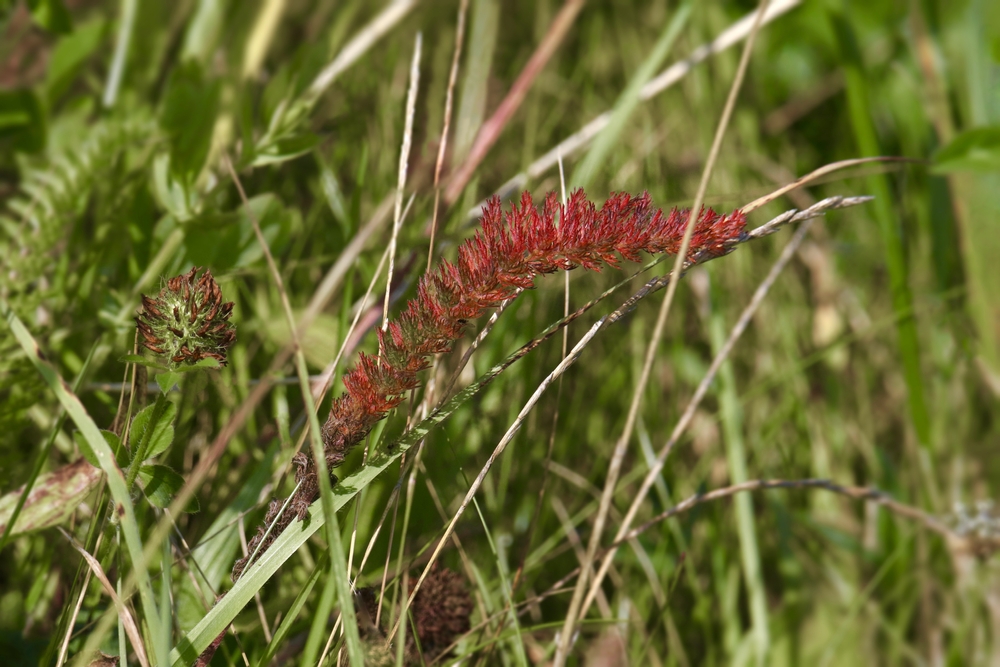
Creeping Red Fescue is a cool-season grass that grows well in shaded areas or cooler climates. It is often used in mixed lawns or as a turfgrass for golf courses. This grass type prefers well-drained, slightly acidic to neutral soil. Creeping Red Fescue is low-maintenance and requires less water compared to other cool-season grasses.
This grass is known for its fine texture and dense growth, which helps it crowd out weeds. It thrives in partial to full shade, making it an excellent choice for lawns with tree cover or shaded areas. Creeping Red Fescue can be used for both ornamental and functional lawns. It is easy to care for and needs to be mowed less frequently than other grasses.
Tall Fescue
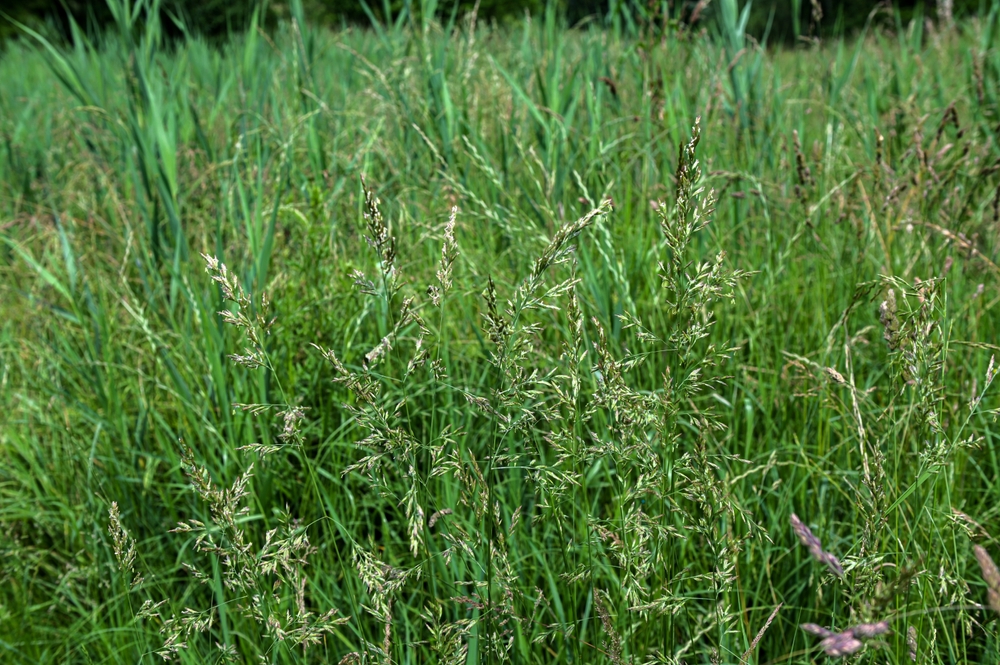
Tall Fescue is a cool-season grass that performs well in both sunny and shaded areas. It prefers slightly acidic to neutral soil with good drainage and grows well in moderate climates. Tall Fescue requires regular watering and should be mowed to a height of about 2 to 3 inches. It is also known for its resistance to disease and pests, making it an easy-to-maintain option.
This grass is ideal for lawns with moderate foot traffic and can handle both hot and cold temperatures. Tall Fescue is drought-tolerant and can survive periods of dryness once established. It grows quickly and creates a thick, lush lawn that is both functional and attractive. Regular aeration and fertilization help maintain its appearance and health.
A beautiful lawn begins with selecting the right grass type for your specific environment. Understanding the needs of different grass varieties ensures you make an informed decision for long-term success.
This article originally appeared on Avocadu.
